Table of Contents
Heatwaves are all around the globe at this time of the year. But what’s the solution? A proper working AC system. Therefore, it is really necessary to make sure your cooler works fine 24/7. However, sometimes, it can become a real problem when your AC causes problems. For example, you experience your ac throwing out hot air, and you quickly feel it’s time to clean that ac drain pipe. Now, do you know what an AC condensate drain is? How it works, and most importantly, what is its role in cooling your room? Keep your worries as we learn all about this drain pipe. Not only this, but we also need to know how to clean this up for a better cooling performance if it ever clogs. So, what are we waiting for? Let us head towards a cool and chill place where our works smoothly without fail!
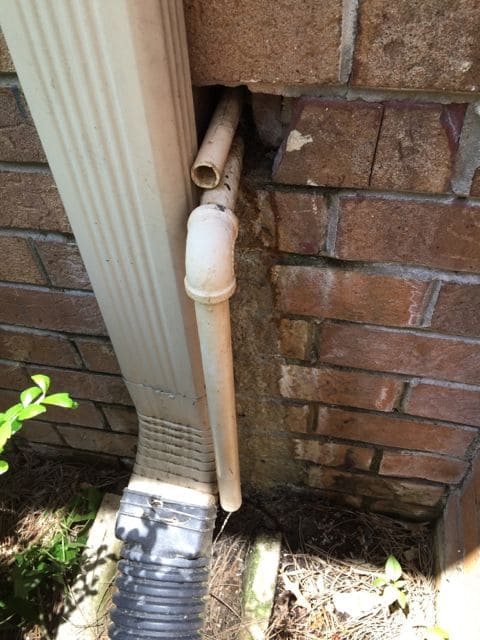
AC Condensate Drain
If you live in a sweltering and scorching place, an air conditioning machine becomes a need. Therefore, understanding everything regarding your account is crucial. Whether it’s about knowing the cost and working of an AC capacitor or any other factors that affect the cooling process of your AC, it always comes in handy. Maintaining the condensate drain on your air conditioning system is essential to avoiding water damage and guaranteeing interior air quality during warm seasons. The AC condensate drain line eliminates surplus moisture generated while cooling to prevent mold and mildew. To prevent water buildup, the drain line must be positioned correctly. Significant water damage and decreased system performance can result from clogged AC drain lines. Blockages can be avoided with routine maintenance, such as cleaning the AC condensate drain line with a cleaner. Let us learn more about how an AC condensate line works.
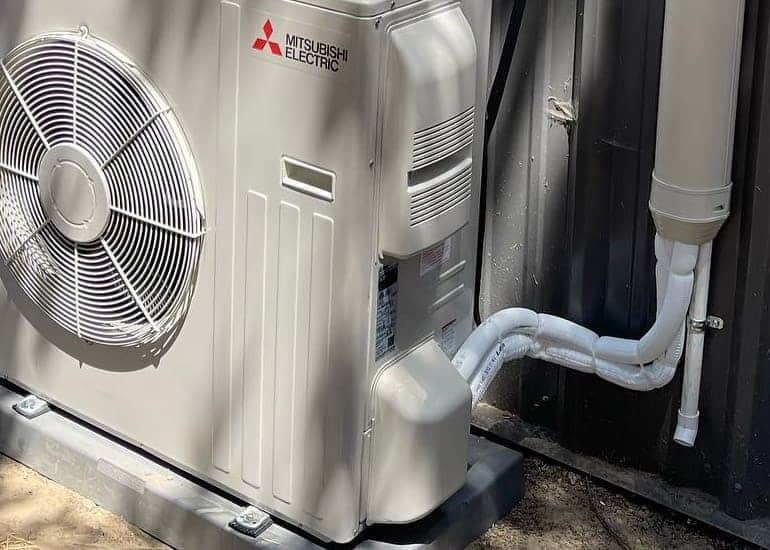
Working of an AC Condensate Line
The Purpose and Function
- You must now be wondering where to run the condensate drain line. It is essential to an air conditioning (AC) system’s functioning because it controls the moisture generated during cooling from the heat pump.
- It acts as a vent for the humidity and condensation that the AC’s evaporator coils remove from the inside air.
Operation
- Condensation Collection
Moisture from the heated inside air condenses and gathers on the excellent evaporator coils’ surface as it passes over them.
- The draining process involves condensed water dripping into the pan beneath the evaporator coils.
- Water travels through the main condensate line, usually composed of PVC, from the drain pan and out of the building.
- This ongoing draining prevents excessive moisture from building up inside the HVAC system, lowering the possibility of mold, mildew, and structural damage.
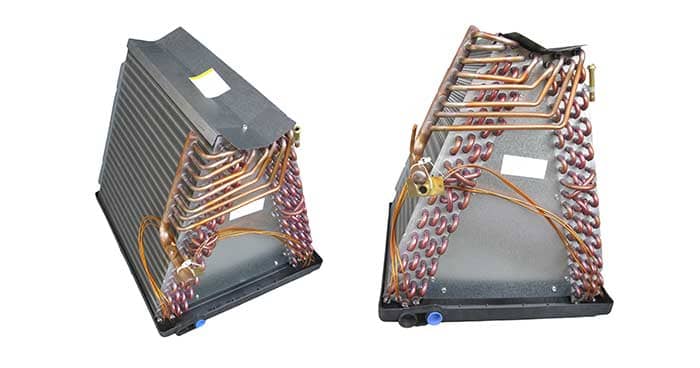
Parts of an AC Condensate Drain
- Condensate Drain Pan
Under the indoor unit of conditioning, this pan gathers the water that condenses as it drips from the evaporator coils.
- Primary Condensate Line
Typically made of PVC, this pipe distributes moisture to the building’s outside.
- Backup Condensate Line
Offers redundancy if the primary line malfunctions or drain line is clogged, preventing water damage.
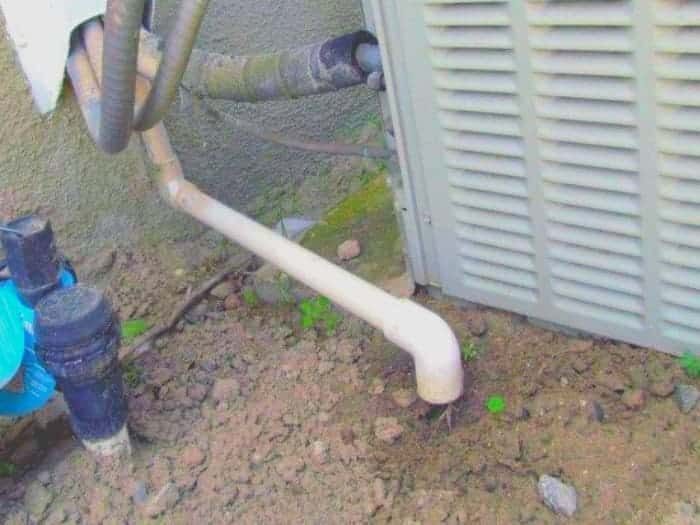
Significance of an AC Condensate Drain
A condensate drain is necessary for an air conditioning (AC) system to control moisture efficiently.
Effective Moisture Removal
- During the cooling process, the condensate drain removes surplus moisture in the air, preventing moisture buildup on the evaporator coil.
Enhanced System Efficiency
- By keeping moisture from building up, the condensate drain contributes to maintaining the AC unit’s efficiency, which lowers energy usage and utility costs.
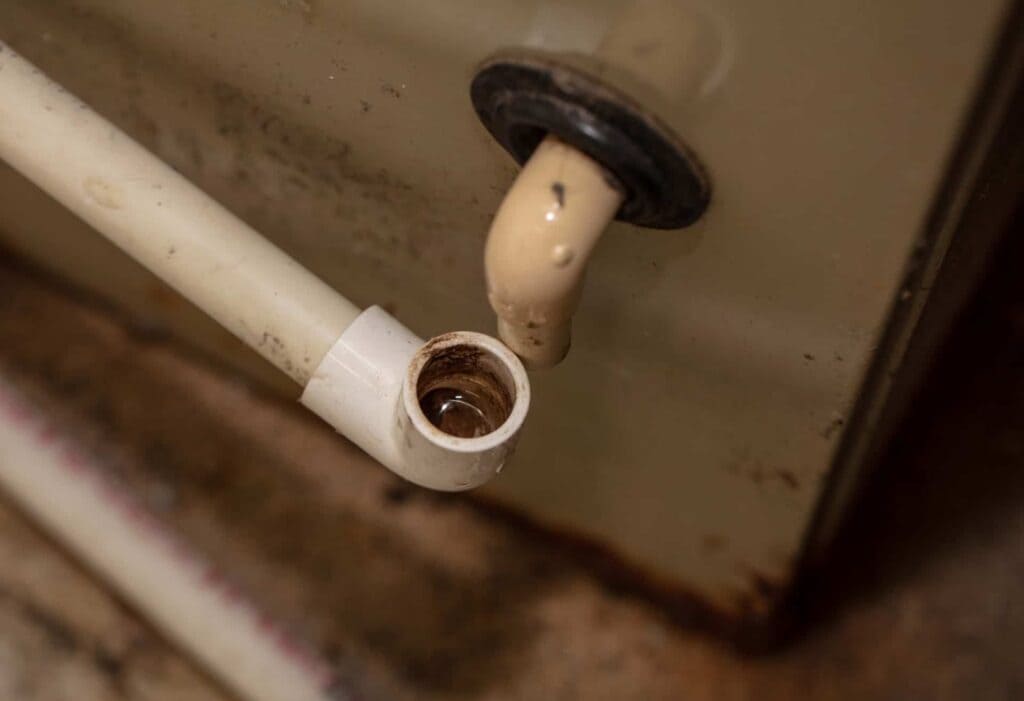
Avoidance of Operational Problems
- Prevents Possible Damage
If excess moisture is allowed to form inside the air conditioning system, it can impair indoor air quality and perhaps result in health issues. This is where mold and mildew come from.
- Equipment Protection
Proper drainage keeps the AC unit dry and free from water damage, prolonging its life and lowering the need for expensive repairs.
Longevity and Cost Savings
- Energy Savings
Thanks to a functional condensate drain, the air conditioner runs as efficiently as possible, resulting in lower energy expenses over time.
- Preventive Maintenance
By keeping the condensate drain clear of obstructions and leaks, you can protect the integrity of your entire HVAC system.
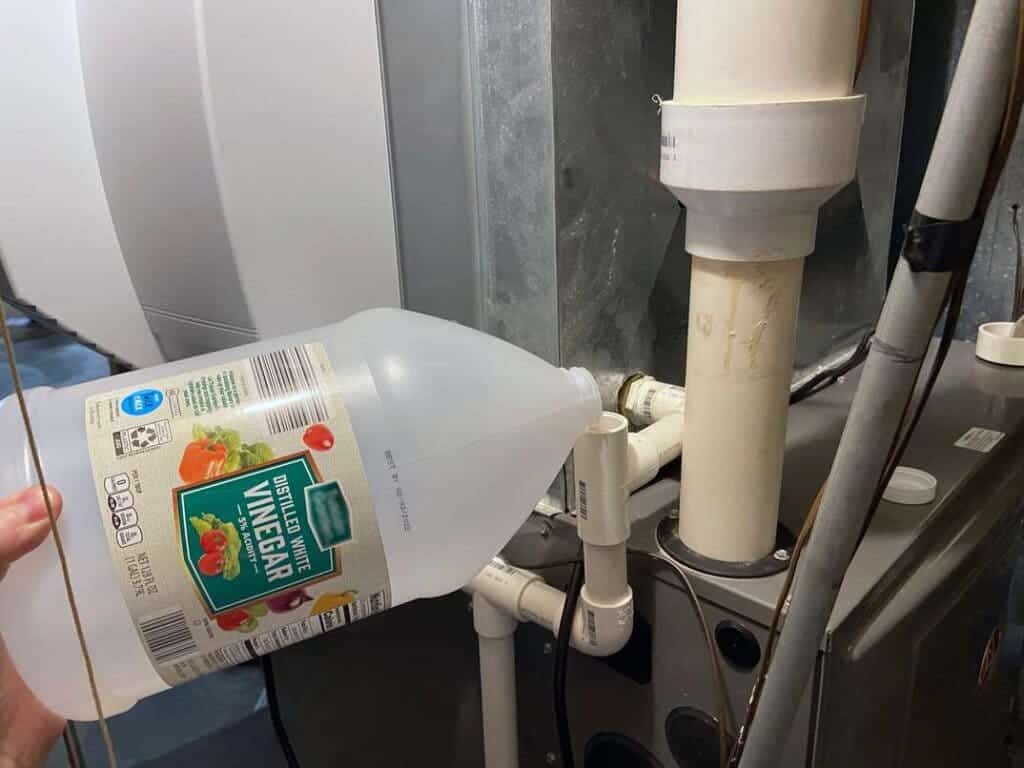
A Guide to Draining Your AC Condensate Drain Line
1. Find the Drip Pan
How to unclog an ac drain line? The drop pan for the air conditioning system is located beneath the air handling unit, usually in utility closets, crawl spaces, basements, or attics.
Ensure there is water left in the drip pan; this signifies that it needs to be cleaned.
2. Drain the Drip Pan of Water
Utilize a wet vacuum or use towels or rags to absorb standing water.
Use soap and warm water to clean the pan and remove debris, mold, and algae.
3. Condensate Line Exit Point Cleaned and Drained
Underneath the air handling unit, replace the cleaned drip pan.
Find the exterior AC unit covered with a PVC cap where the condensate line exits.
Clear any backed-up dampness and dirt using a wet vacuum.
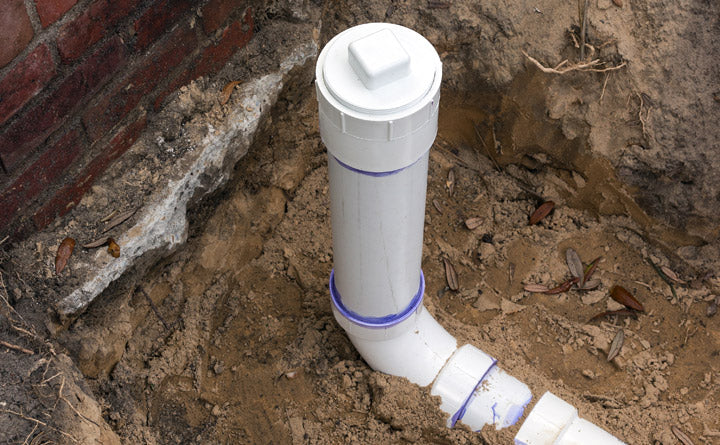
4. Make Sure the Drain Line Access Point is Clear
Find the inside of your house drain line access point, which is also protected by a PVC cap, next to the inside air conditioning unit.
Fill the access point with hot water or vinegar to clean the drain line internally.
Normal water dropping from the exterior condensate exit point should occur after the lines have been cleared.
5. Last-minute checks
Ensure water trickles from the exterior condensate exit point, indicating adequate drainage.
Regularly maintaining the drip pan and drain lines will help avoid blockages and water damage.
These instructions will help you properly maintain your AC condensate drain line, guaranteeing smooth performance and preventing any potential water damage.
6. Our Expert Tip!
Regularly maintaining the condensate drain line on your air conditioning system is essential to avoid problems like mold growth and water damage to your house.
Maintaining clean drain lines and a drip pan lowers the possibility of blockages of ac refrigerant lines that could cause leaks and overflow. By performing this easy maintenance, you can increase your air conditioning machine’s lifespan and general efficiency and ultimately reduce your costs for repairs and energy.
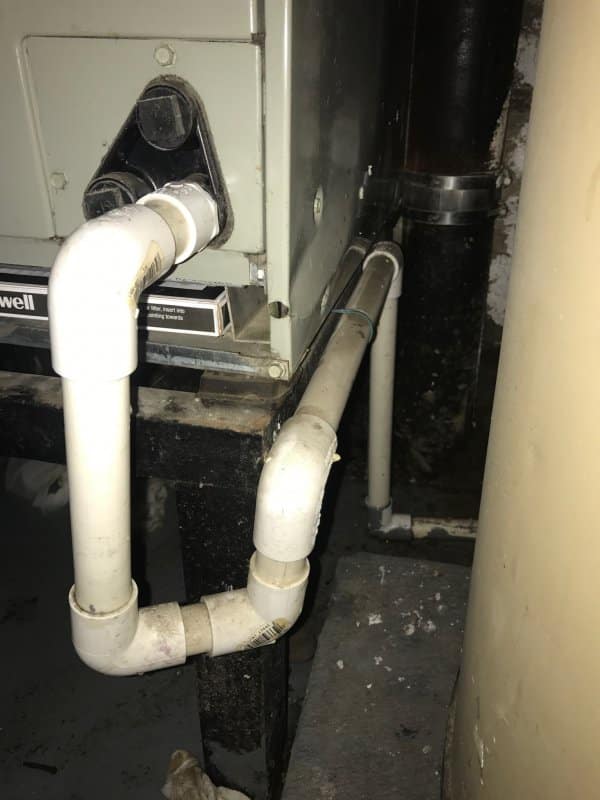
Final Thoughts on AC Condensate Drain
Coming to an end, we’d say that you must maintain your AC condensate drain line for your air conditioning systems to operate at their best and avoid water damage. Maintaining adequate drainage and routinely inspecting for obstructions helps prevent expensive repairs and the spread of mold. A clear condensate drain line is essential for central HVAC systems and window air conditioners. Hence, blockages can be prevented by carefully operating the AC condensate drain line and, if needed, using cleaners.
In conclusion, remember that a well-kept AC unit condensate drain prevents excessive moisture from entering the house, guaranteeing a cozy, mold-free atmosphere. Taking good care of your air conditioner’s condensation drain cools your home more effectively and lasts longer. Have a cool summer!
